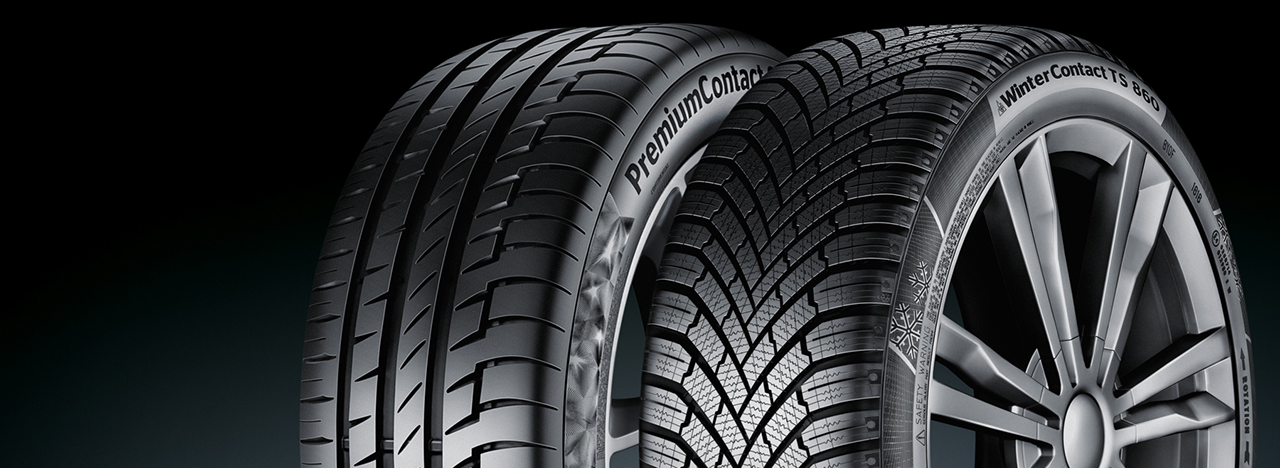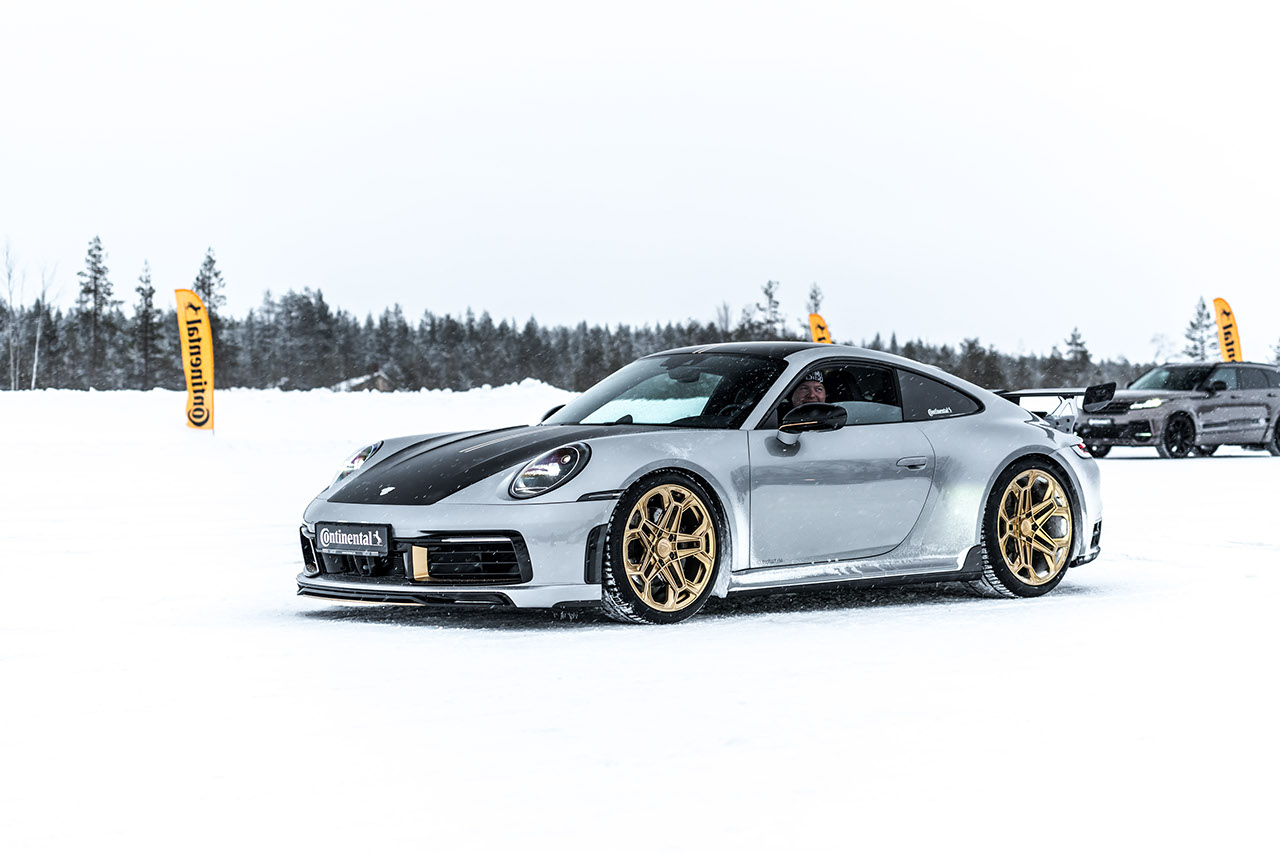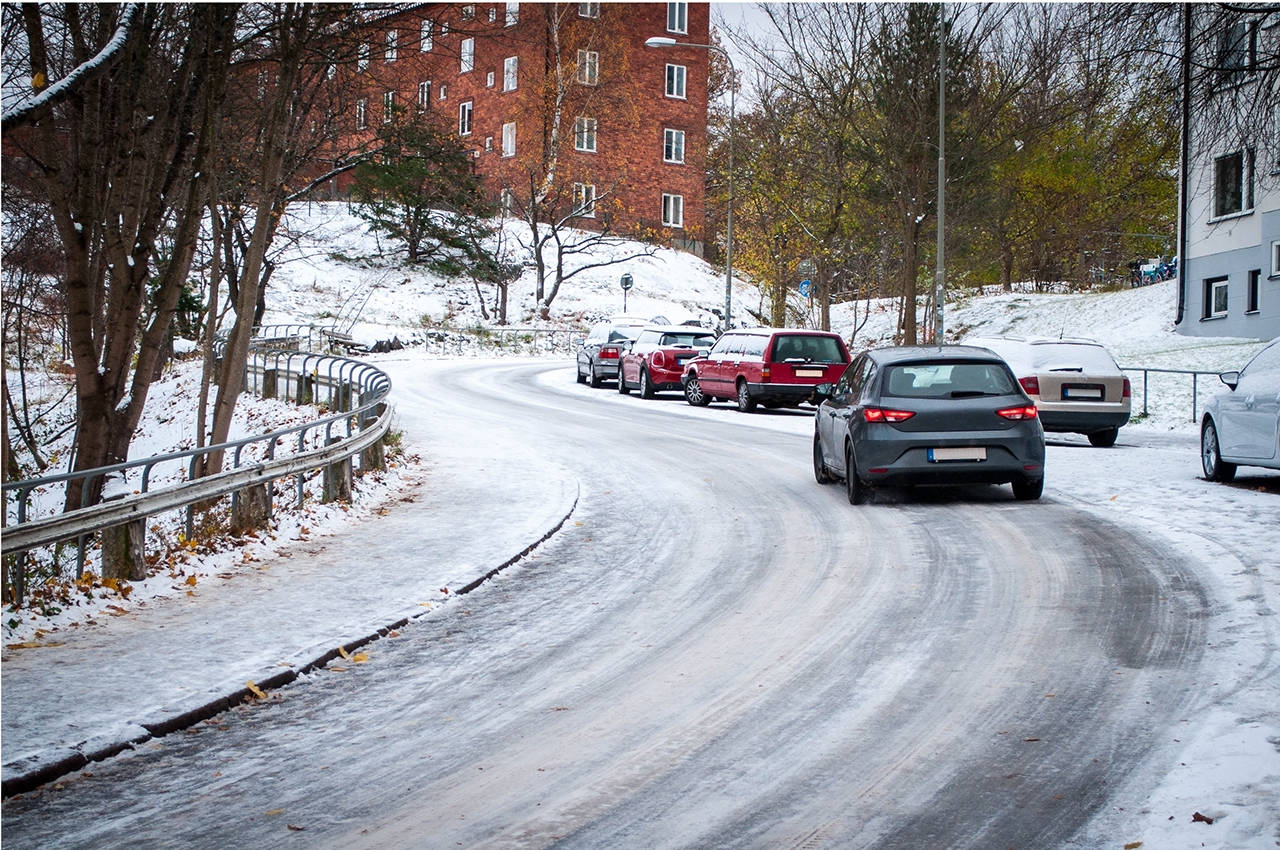
#WinterWorld
Testing winter tyres
Testing criteria for winter tyres
What's involved in testing winter tyres at Continental?
- Extensive research and development in advance
- Tyre tests occur on wet, snow and ice-covered and dry surfaces
- Continental tests its tyres in various locations including Germany and snow-covered Sweden
When it comes to selecting new winter tyres for your vehicle, the variety of options are often overwhelming. For the cooler months, you do need to consider whether you need winter or all-season tyres. Once you’ve narrowed it down, you’re still faced with a wide range of models offering different features. Since your car’s wheels are the only areas that have direct contact to the ground, you want to make sure its tyres are safe, reliable and perform well – especially if you live in a region where there are extreme conditions like snow and ice. One way of knowing whether you’re buying quality winter tyres or all-season tyres is reading independent test results. However, before the car magazines get their hands on our winter tyres, we test them extensively to make sure they perform on various surfaces, including snow and ice. Find out more about research, development and tyre testing at Continental

Research and development
Developing a new tyre means testing materials, compounds, reinforcements and various tyre tread designs along the way. A lot of prior knowledge and experience goes into the development of new tyres, but there’s also a lot of experimentation and introduction of cutting-edge innovations. Simulations can show how a proposed tyre reacts when accelerating and braking on ice or snow. Once all the simulations are evaluated, prototypes are created that allow our engineers to examine and test real tyres.
Tyre testing
Within the research and development stage, we, at Continental will carry out several tests to ensure the safety and performance of a new tyre is of high quality. Of course, snow tyre tests needs to take place in the types of winter conditions typically encountered by our tyres on the road – ice covered tarmac, wet surfaces and snow. When testing tyres on different winter surfaces, safety is our number one priority, but other aspects like handling, driving comfort, tyre durability and other specifics need to be considered:
 Testing brake performance, comfort, durability and traction control
Testing brake performance, comfort, durability and traction control
- Wet surfaces
On wet roads, brake distance often increases while grip is reduced. We test our tyres on artificially irrigated straights, acceleration rides through water basins for testing aquaplaning performance, as well as cornering scenarios on wet surfaces to achieve the shortest braking distance and maximum grip possible.
- Snow covered surfaces
Traction, grip, brake control and acceleration are often jeopardised on snow covered roads, which means we need to measure these driving conditions on snow covered circuits to see how the tyres perform.
- Ice covered surfaces
To test driving performance on ice and snow, we conduct brake, grip and traction tests on artificially iced test tracks at slow speeds. They are fitted with sensors, so we can measure precisely how far the vehicle veers off in each scenario.
Where do winter tyre tests take place?
Continental conducts winter tyre tests in several locations, from Germany to Sweden. The Contidrom test track has been in use since 1967 and at least 1.3 million tyres have been tested on the high-speed track. The great thing about it is its convenient location, just a short drive from Conti HQ in Hanover. The same can’t be said for our most northerly test tracks on. The Arctic Circle in Arvidjaur, Lapland, where temperatures can reach -30°C
How well do Continental tyres perform in tests?
While we can confidently boast about how well Continental winter tyres perform, what do external parties think? These recent test results for two Continental winter tyres are a great example of a general trend we are very proud of: 78 percent of our products receive the highest rating in tyre tests!
WinterContact™ TS 860
This tyrewas crowned test winner by German magazine Auto Bild in a Winter Tyre Super Test in 2019. The category consisted of 53 other tyres, evaluated in three parts:
- Part 1, wet braking test:
selection of the best 30 products - Part 2, snow braking test of the remaining 30 products:
selection of the best 20 products - Part 3, complete test of only the 20 finalists:
including wear performance and price.
Overall, the WinterContact™ TS 860 offers maximum traction control on corners and at acceleration during wet winter days – including snow and ice. 91% of customers would recommend this winter tyre.

WinterContact™ TS 850 P
This winter tyre, especially developed for mid-sized and luxury vehicles and SUVs, was awarded a very good rating by German magazine Sportauto in 2020. The WinterContact™ TS 850 P offers controlled traction with its excellent tread pattern and balanced dynamics on snow. You can also rely on the short brake distances on ice covered roads. Impressively, 100% of our customers would recommend this winter tyre to other buyers!
Want to know about other tyres that offer great tread, traction and grip on winter roads? Check out the extensive range of available Continental winter tyres here. Or, if you don’t need snow tyres where you live, find Continental all-season tyres here.
Related content
-
 2025/06/10The weather changes throughout the year, which affects driving conditions on the road; fit your car with tyres that will provide you with the most confidence.Summer tyres vs. winter tyresRead more
2025/06/10The weather changes throughout the year, which affects driving conditions on the road; fit your car with tyres that will provide you with the most confidence.Summer tyres vs. winter tyresRead more -
 2025/06/10Learn how to look after your tyre pressure during cold winter monthsTyre pressure in winterRead more
2025/06/10Learn how to look after your tyre pressure during cold winter monthsTyre pressure in winterRead more -
 2025/06/10Ensure you have the right supplies for the season ahead with our winter car kit checklist.Prepare your car for winterRead more
2025/06/10Ensure you have the right supplies for the season ahead with our winter car kit checklist.Prepare your car for winterRead more